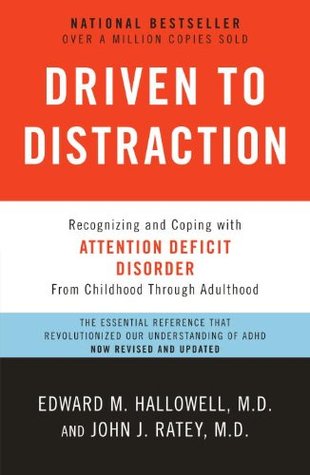More on this book
Community
Kindle Notes & Highlights
Read between
January 3 - June 12, 2022
ADD is a neurological syndrome whose classic defining triad of symptoms include impulsivity, distractibility, and hyperactivity or excess energy.
The hallmark symptoms of ADD are easy distractibility, impulsivity, and sometimes, but not always, hyperactivity or excess energy.
In many ways the most dangerous aspect of undiagnosed and untreated ADD is the assault to self-esteem that usually occurs.
Primary symptoms are the symptoms of the syndrome itself: distractibility, impulsivity, restlessness, and so forth. The secondary symptoms, and the ones that are most difficult to treat, are the symptoms that develop in the wake of the primary syndrome not being recognized: low self-esteem, depression, boredom and frustration with school, fear of learning new things, impaired peer relations, sometimes drug or alcohol abuse, stealing, or even violent behavior due to mounting frustration.
People with ADD often do not pick up on the subtle social cues and messages that are crucial in getting along with others. They may appear to be blasé or indifferent or self-centered or even hostile when they are simply confused or unaware of what is going on around them.
The themes of ADD run throughout: inconsistency, and inconsistency again, creativity, provocative behavior, winning personality, varying motivation, exasperating forgetfulness, disorganization and indifference, underachievement, impulsivity, and the search for excitement rather than discipline.


